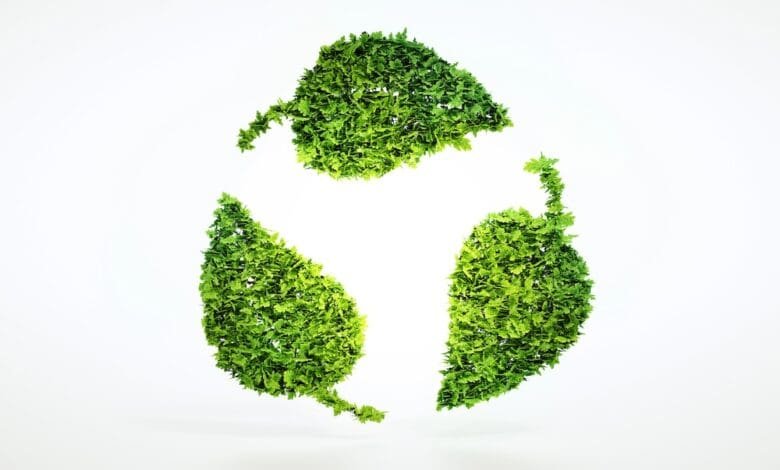Hidrostal enhances sustainability transparency with new material composition sheet

With the introduction of a new Material Composition Sheet, now included in the operating manual for all newly developed products, including Tuma motors and A2U compact pumps, Hidrostal is making the sustainability of its pumps transparent and measurable for its clients.
Hidrostal’s material composition data sheet provides a detailed insight into the materials used in the company’s products, their composition, and their environmental impact.
Material list
The Composition Sheet includes a detailed list of materials used in Hidrostal’s pumps. It covers metal components, such as stainless steel, cast iron, aluminium, and copper, as well as high-performance plastics, elastomers, and sealing materials.
By making this information available, the company aims to provide full transparency on the resources used in its manufacturing process.
Elements and raw materials
Beyond listing the materials, the Composition Sheet provides an in-depth chemical composition analysis. It identifies the chemical elements contained within the pump, such as iron, carbon, chromium, and nickel, and specifies their respective quantities. This level of detail allows for precise material assessments and facilitates environmentally responsible disposal practices.
Oil and lubricant components
Lubricants play a vital role in the functionality and longevity of pumps. The Composition Sheet specifies the types of lubricants used, including hydraulic oils and greases, along with their exact quantities. This transparency informs customers and stakeholders about the maintenance requirements and environmental considerations associated with the company’s lubrication systems.
Carbon footprint according to Scope 1 and 2
To provide a complete picture of the product’s environmental impact, the Composition Sheet includes data on the CO₂ emissions of Hidrostal’s pumps, measured according to Scope 1 and Scope 2 emission categories.
Scope 1 covers direct emissions generated by the company’s operations, while Scope 2 accounts for indirect emissions resulting from purchased energy, such as electricity consumption in its offices and production facilities. Scope 3 data will be made available once reliable data is available to Hidrostal.
Repair index according to EN45554
Ensuring the longevity and repairability of the company’s pumps is also a key factor in reducing environmental impact. The Composition Sheet includes a repair index based on the European standard EN45554, which assesses how easily a pump can be repaired. This addresses areas such as the availability of spare parts, the availability of detailed maintenance and repair guides and whether any special tools are necessary.
A high repair index translates into lower life cycle costs and less waste, supporting a more sustainable approach to product ownership and maintenance.
ROHS and REACH compliance
Hidrostal pumps comply with strict European regulations concerning hazardous substances and chemical safety. The Composition Sheet confirms that its products meet ROHS (Restriction of Hazardous Substances) and REACH (Registration, Evaluation, Authorisation, and Restriction of Chemicals) standards. Through thorough material testing, the company ensures that its pumps do not contain prohibited substances such as lead, cadmium, or mercury. Additionally, it provides comprehensive documentation, including declarations of conformity for all relevant components and materials, guaranteeing that products adhere to the highest environmental and safety standards.
Recycling rate
A key component of the Composition Sheet is the recycling rate of pumps. For parts manufactured in Hidrostal’s foundry, the company discloses the recycled content. This information highlights its commitment to promoting a circular economy and conserving resources.







